We are very excited to announce our new project this spring of 2019! Starting in May members can sign up for a six-week bi-weekly food share. If you are familiar with the vegetable CSA (Community Supported Agriculture) system this will be very similar. If your not, CSA is an agriculture system that uses weekly or bi-weekly subscriptions for vegetable food crops. Customers pre-pay the farmer for a 'box" of vegetables, eggs and/or meat.
This CSA is going to be slightly different. Instead of weekly boxes of cultivated or domesticated vegetables, members will get a bi-weekly box of "wild food" or foraged foods.
|
What is wild food?
Wild food plants are plants that are not domesticated. They can be native to the area or invasive/weedy plants that were introduced from around the world. There are many species of wild plants that are both edible and medicinal. Most are both! If you are living with the mantra "let food be thy medicine" then wild food is for you. Many wild plants have studies that show their nutritional makeup is multiple times more than that of the domesticated crop we eat today. |
|
Some links to nutrition studies:
Dandelion Benefits Mother Earth News Nettle Sunchoke better than potatoes |
|
This share will be slightly different than most. Because it is more education based, the goal is not for us to continue selling wild food to you. The goal is to teach folks about wild food and how to use it. So that one day you can go out and forage on your own. To provide a unique, nutritious and free food for yourself and family. The goal is food sovereignty. With each delivery of foraged food you receive. Members will be getting newsletters with tips on how to process the plants, storage tips, recipes, and plant bios. Members will also be able to attend one of the many foraging class that will be held through out the season for free. |

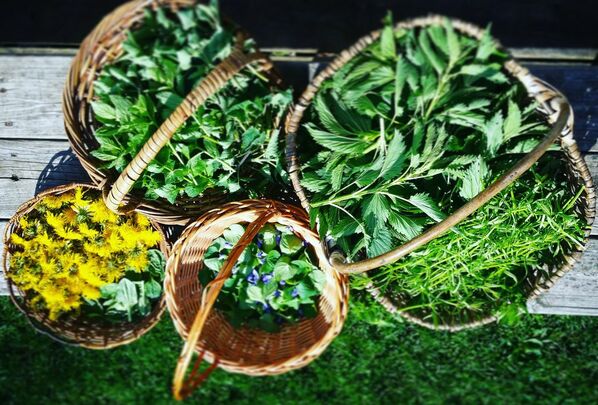
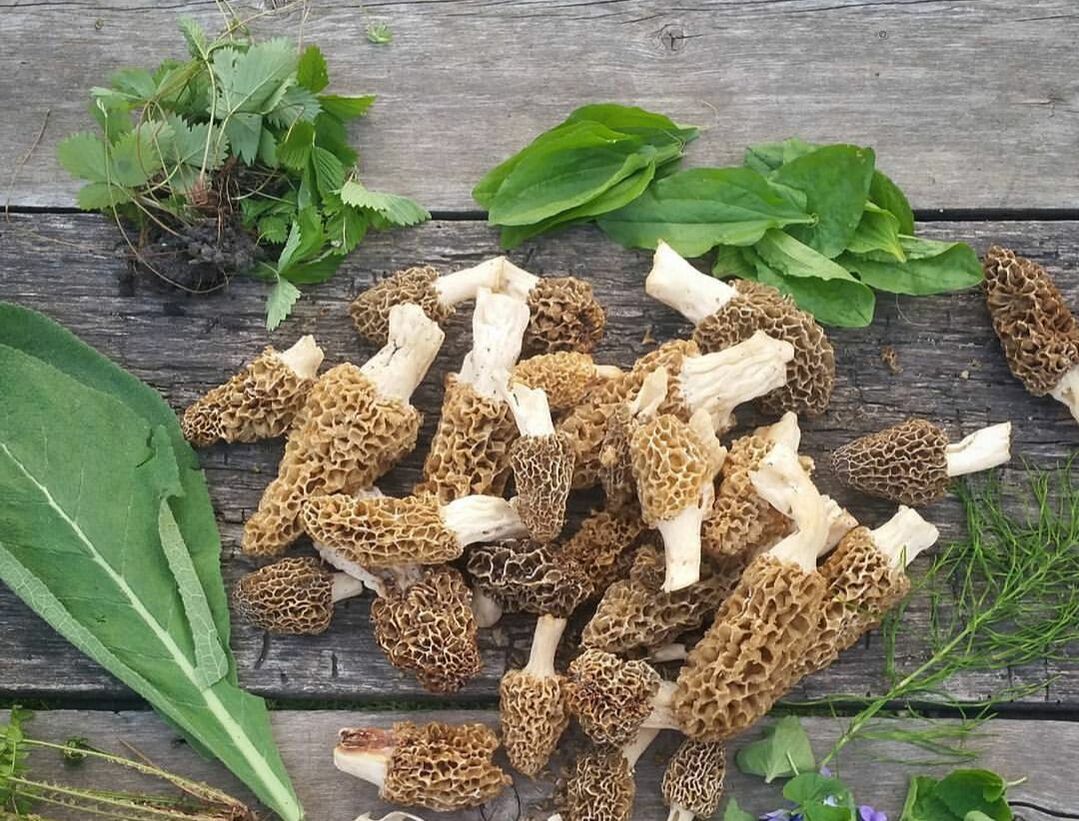
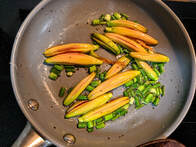
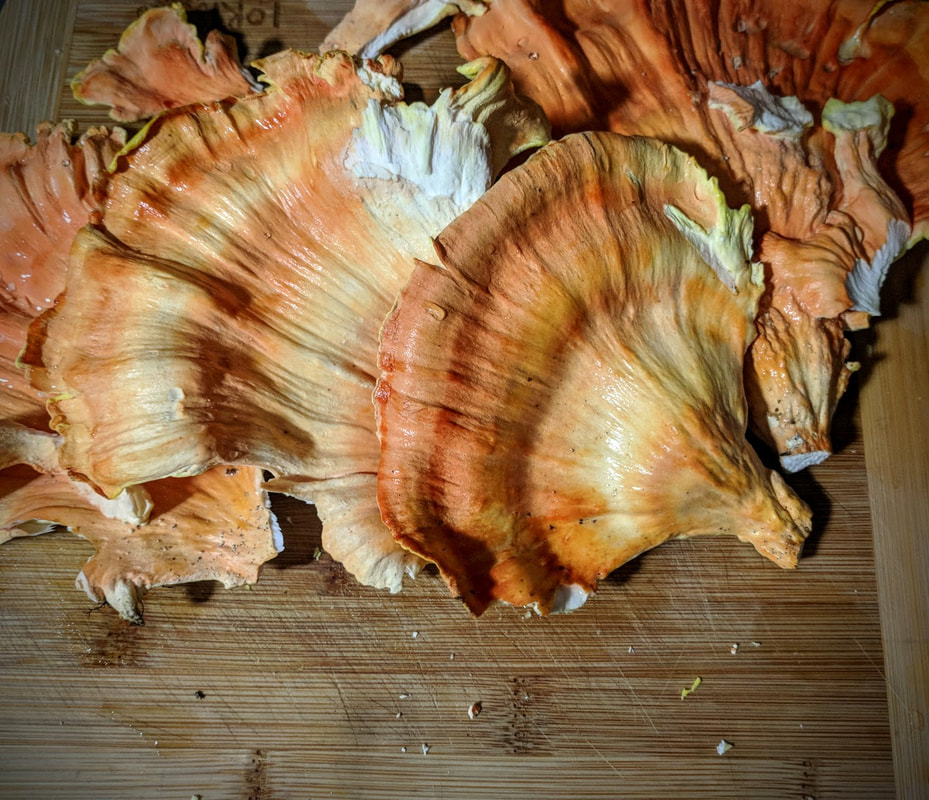
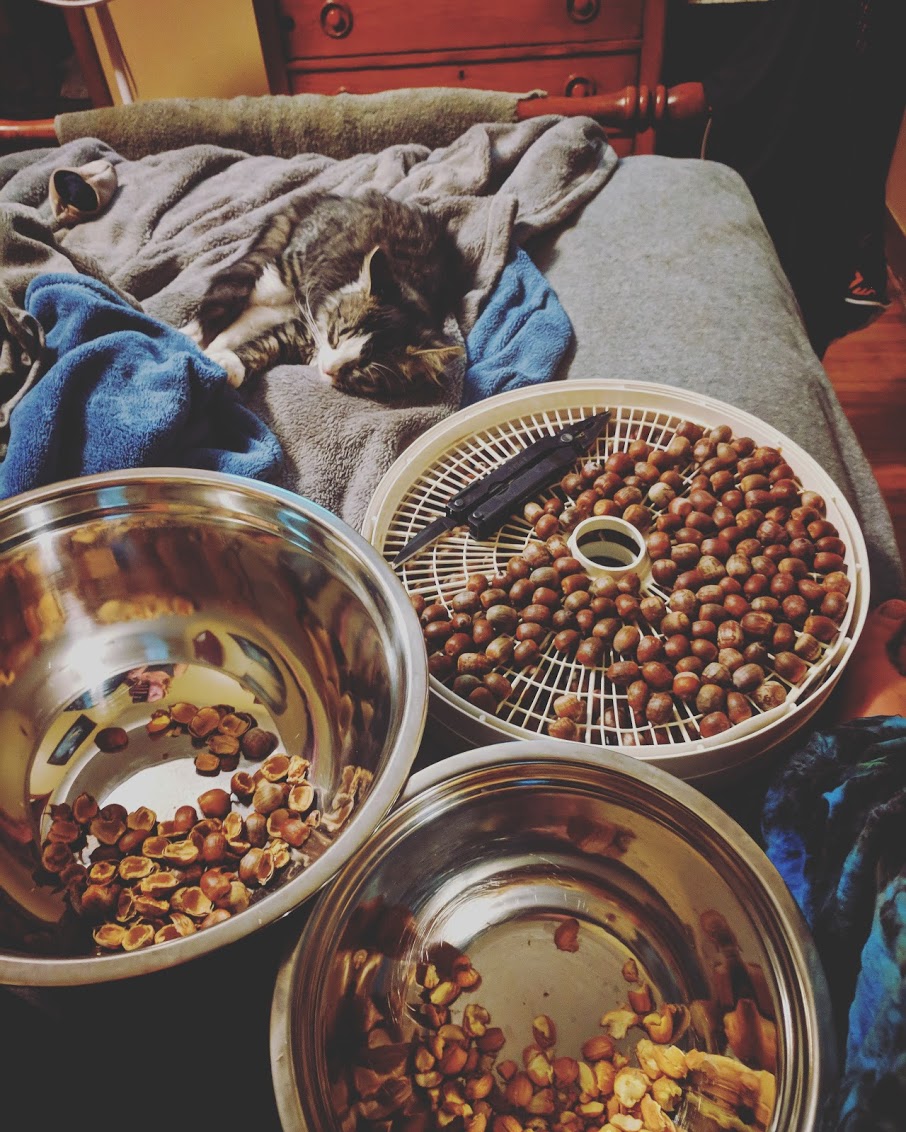
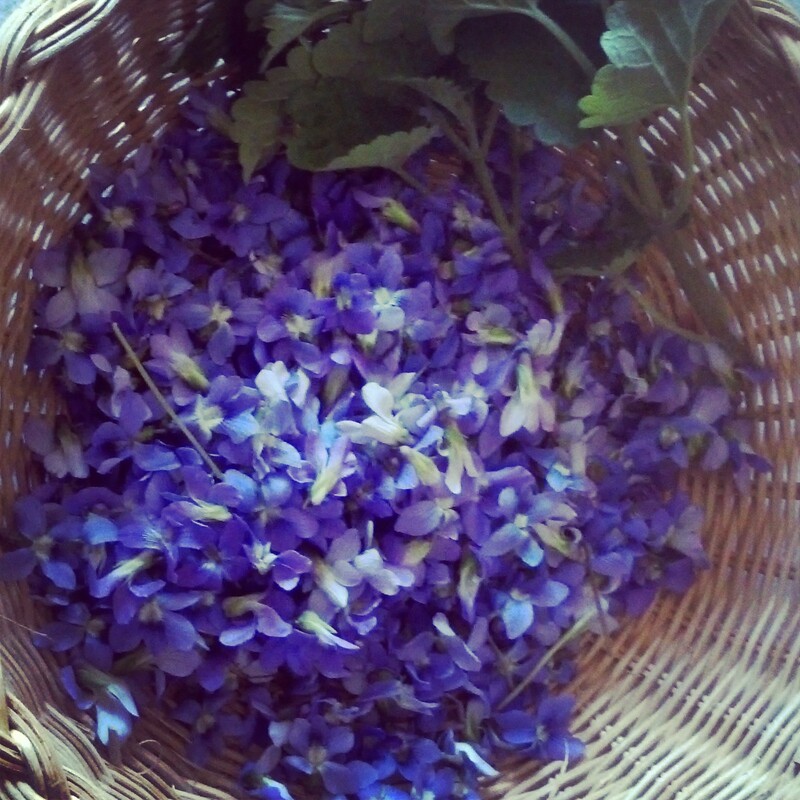
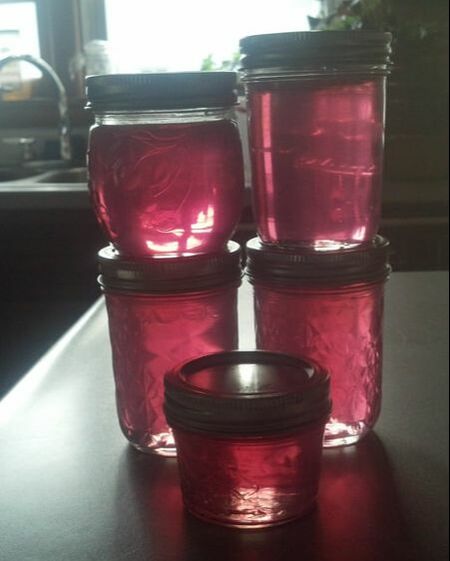
 RSS Feed
RSS Feed